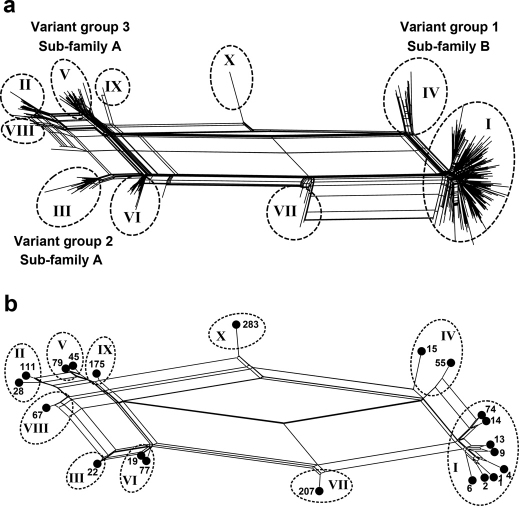Figure 2. Relatedness of unique fHbp amino acid sequences.
Network analysis illustrating the relatedness of unique fHbp amino acid sequences, as generated using the program SplitsTree23. Panel a, the relatedness of 531 unique fHbp amino acid sequences available from the public database www.pubmlst.org. Each “twig” (node) represents a unique sequence. Sub-families, as described by Murphy et al11; variant groups as described by Masignani et al12, and modular groups (denoted using roman numbers as described by Beernink and Granoff13. Modular Group X is a new group reported in this work. Panel b, the relatedness of the 21 fHbp sequence variants, which were selected for production of recombinant proteins (See Table 1). Each filled circle represents a unique sequence variant designated by fHbp ID number from the public database http://pubmlst.org/neisseria/fHbp.

